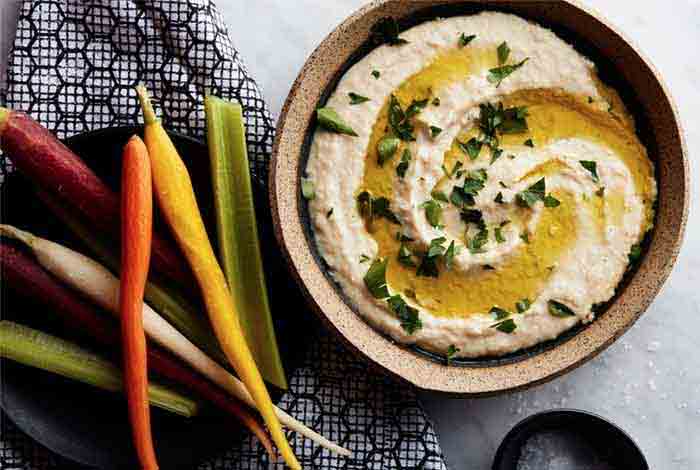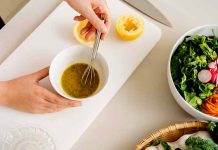
Health Benefits of Hummus – Reasons to Have It Almost Daily

As per the U.S. Department of Agriculture, the sales of hummus have skyrocketed from less than 10 million USD to 700-800 million USD. Around 50% of Americans purchased hummus in 2016.
Two tbsp of hummus contains 3 gm of fat and 50 calories. With this, you may easily depict if hummus is good for you.
Domingo J. Pinero, professor at New York University, says that there is adequate literature to prove that chickpeas and by default, hummus is great for you.
Nutritional Value of Hummus
Hummus has about 5 times more calories than salsa. On the upside, it has twice as much fiber. If compared with guacamole, it does not have that much of monounsaturated fat, but it has 2.4 times more protein.
The health benefits of hummus are due to chickpeas. They are also known as garbanzo beans. These along with dried beans, peas and lentils belong to the family of legumes, known as pulses. And, pulses surely occupy the top positions in the list of healthy foods.
Chickpeas are loaded with nutrients like B vitamins, folic acid, magnesium, iron, zinc and potassium. Also, they are rich in fiber. Generally, our diets have less amount of fiber so if you include chickpeas in your diet, it can make up for the deficiency and is good for intestines to.
This is the reason why people, who eat pulses have less weight, low cholesterol, low BP as well as reduced chances of heart disease, diabetes and some types of cancer.
Findings of a Study
A 2014 study, covered in the Journal of Nutrition and Food Sciences, it was found that individuals, who consumed chickpeas or hummus, reported having better health than those, who did not consume.
It must be noted that the number of people, who ate chickpeas and hummus was very small. Out of the 18,000 individuals, who were examined, only 264 were the consumers of chickpeas and hummus. However, the latter had 43-53% less chances of being overweight and having obesity and also had 51% less likelihood of having increased levels of blood glucose.
Also, those, who ate chickpeas and hummus, had smaller waist size and their BMI was less too. This is an important result, given that there were no differences in the amount of calories consumed.
It can be inferred from the study results that those, who eat hummus or chickpeas are healthier than the ones, who don’t eat such foods.
Considering pulses as a group of foods, chickpeas have a higher value because their nutritional profile is better as compared to other beans like black beans.
Chickpeas have amino acids in them and easily digestible proteins. One serving of hummus has 2.4 gm of protein. Additionally, if hummus is prepared in olive oil, you can also have monounsaturated fat, which is good for the heart.
It is suggested that hummus should not be prepared in oils like soybean as they may not be as healthy as olive oil.
It is also important to note the content of sodium while buying hummus. The amount of added sodium may vary from brand to brand. As per the guidelines from the U.S. Dietary Organization, you must keep your intake of sodium to less than 2300 mg per day. It can be spread on a sandwich as a healthy alternative to mustard or mayo.
A Recipe for Hummus
You can make it on your own. For easy and quick preparation, you can use canned chickpeas. You need to rinse them before mashing. If tahini is unavailable, you can put sesame oil. The flavor is pretty strong, so you don’t need to add too much of it.
Ingredients:
- 1 can of chickpeas, rinsed and dried
- One fourth cup tahini
- Half tbsp cumin
- One eighth tbsp cayenne pepper
- 2 cloves garlic
- 2 tbsp lemon juice
- One eighth tbsp salt
Blend all ingredients in a food processor to a paste with smooth consistency. Add some water into it if it is too thick.










